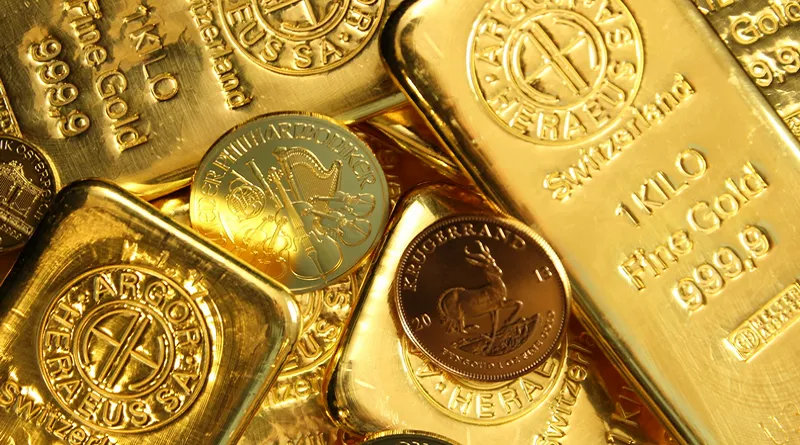Gold prices soared to a record high this week, prompting analysts to reflect on recent trends and investors to ponder how long this surge can continue. As of yesterday, gold reached US$2,732 per ounce, marking an impressive 37% increase over the past year.
Silver has experienced even greater gains, rising 46% after years of stagnation.
“Gold’s recent performance has captured global attention. Factors like lower interest rates, geopolitical uncertainty, and heightened investor interest have fueled this rally,” said Shaokai Fan, head of Asia Pacific and central banks at the World Gold Council.
While the WGC does not predict gold prices, Fan noted that decreasing policy rates typically benefit gold. As central banks lower rates, the cost of holding gold declines, encouraging more investment.
Many analysts now predict gold could reach US$3,000 per ounce within a year. Daniel Hynes and Soni Kumari from ANZ highlighted that the demand for gold as a safe haven has increased amid political and geopolitical instability, especially with the U.S. elections approaching.
“Concerns about rising U.S. fiscal debt also strengthen the case for investing in gold,” they stated in a report. However, they cautioned that the market could cool off if attention shifts to gradual easing by the Federal Reserve, rather than significant cuts. “While long-term factors supporting gold remain, a pause or shallow rate cuts may prompt investors to take profits after the recent rally.”
It’s important to note that gold miners do not simply mirror bullion prices and have underperformed during this year’s commodity rally. However, Australian producers have made up ground recently. They are up 44.35% over the past year and 31.5% so far in 2024. This surge pushed the ASX gold sector to an all-time high, surpassing 9,700 points on Thursday, eclipsing the previous record of 9,353 set during the COVID-19 gold boom on August 7, 2020.
This week also saw major miners facing challenges in their quarterly reports. Northern Star Resources (ASX
) reported a 10% decline in gold production for the September quarter compared to the previous quarter. Although the company tends to schedule production later in the year, analysts pointed to rising costs as a concern. Ben Lyons of Jarden noted that total cash operating costs were 7% above estimates, with all-in sustaining costs 3% higher due to unexpected capital expenditures and overheads.
“A key takeaway from Northern Star’s results is the widespread increase in costs across its operations, which we’ve seen throughout 2024,” Lyons and his team reported.
While Northern Star plans to expand its mills to improve efficiency—such as a significant project to double the size of its Fimiston Mill by 2027—Jarden warns that rising input costs are hindering full benefits from these expansions. “In our view, increasing costs for key inputs like energy, labor, and maintenance may negate any economies of scale we expected,” Lyons and his colleagues concluded.
Related topics:
- How to Convert 24K Gold to 22K Gold: A Comprehensive Guide
- Understanding the Value of 14K Gold by the Gram
- Understanding 24 Carat Gold: Significance and Purity Explained


